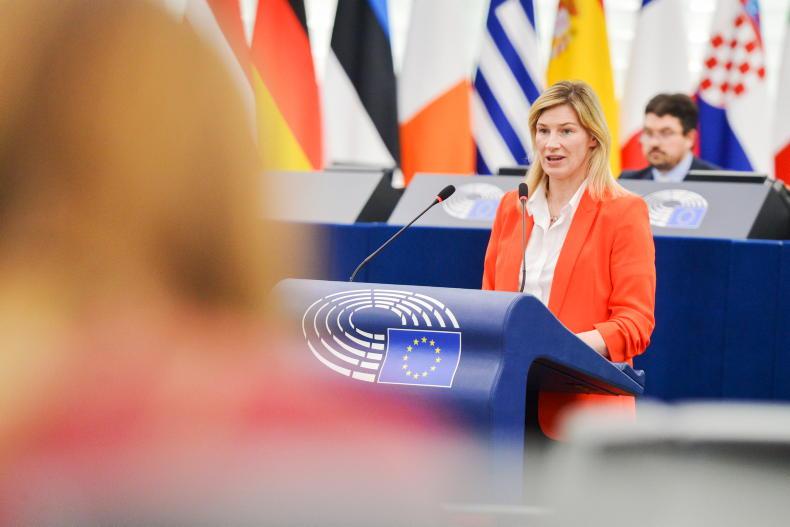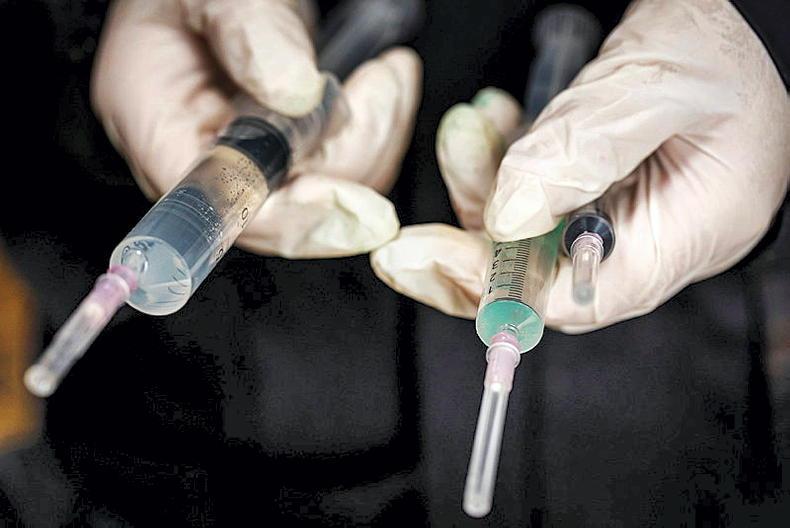PARLIAMENT in the UK recently enacted legislation that bans the export from Britain of animals, including horses, for the purpose of fattening or slaughter. It was heralded by animal welfare organisations as a victory for animals, and by Brexiteers as an example of what the UK might now do ONLY because of Brexit. As an EU member State, Ireland can’t follow suit - but what can we do to safeguard the welfare of horses destined for the meat market?
Our nearest neighbour’s new law applies to England, Scotland and Wales, not Northern Ireland and introduces a new (to this writer at least!) term – the ‘British Islands’. Not to be confused with the ‘British Isles’, the new term is not defined in the Act but meant, it seems, to refer essentially to GB and thus not to any part of Ireland.
It is now an offence for anyone in Britain to export ‘relevant livestock’ (defined as including horses and other equine animals) knowing or reasonably being expect to know that the purpose of export is that they would be slaughtered or fattened for slaughter ‘outside the British Islands’. What consequences, intended or otherwise, for Ireland?
What of transit from this island into Britain?
Free movement
Pre-Brexit we had the ‘Tripartite Agreement’ that permitted the free movement of horses, excepting those declared as intended for slaughter. Since Brexit, new rules apply between ROI and Britain, and Northern Ireland is part of the UK internal market. The new UK law is silent on the subject – it governs export from GB, not inward movement.
What of the transit of ‘relevant livestock’ from Ireland (any part) through Britain destined for the Continent – the so-called ‘land-bridge’?
The Act includes the ‘transport of relevant livestock from or through Britain to anywhere outside the British Islands.’ So, if the horses were documented as intended for slaughter (or fattening for that purpose), it seems they wouldn’t be permitted passage onward from England.
What of breeding animals?
The scope of the UK Act does not include ‘breeding animals’ and thus these should be able to move as before, excepting (I imagine) if the UK authorities suspected that this label were being used to camouflage the real purpose. Geldings can’t logically be ‘breeding animals’!
What of cross-border movement of slaughter horses on the island of Ireland?
There is an essentially open-border between Northern Ireland and ROI for the movements of equids with the whole island being treated as a single unit for animal health and disease control purposes - man-made borders are irrelevant to microbes! The new UK Act does not apply here: horses are free to move south. The one licensed slaughter plant on this island (in ROI) has however been the subject of much adverse comment in recent weeks and operations are suspended at the time of writing.
What possibility then that slaughter horses would travel from Scotland to Northern Ireland and thence transit south?
Northern Ireland is part of the UK single market and live animal transport across the North Channel is thus legally permissible, subject to export certificates. If declared as ‘for slaughter’, or, I imagine, if the authorities suspected this purpose, this would not now be permissible – Northern Ireland is not, it seems, in ‘the British Islands’!
What if the animals are already in Ireland (any part)?
There is nothing, to this writer’s knowledge, in Irish law to prevent their export direct to the Continent for whatever purpose the exporter intends. Provided they are deemed ‘fit for transport’, receive export certs, are accompanied by valid passports with matching microchips and comply with other requirements such as journey logs, driver and vehicle certification.
But are there ‘get-arounds’?
Can individual horses actually all be checked and microchips read on lorries or unloaded for checking at all ports?
Are ports staffed to ensure that all paperwork is in order on all occasions, e.g. night ferries?
Might documentation be ‘lost’ on the other side and instead of replacement passports sought from the original source (stamped ‘Excluded from the food chain’), might a non-Irish passport-issuing organisation provide new ‘clean’ passports that allow for animals to be born anew (i.e. younger!) and re-purposed?
Can microchips be deactivated, removed or camouflaged by another inserted over it?
If so, we cannot track horses through their lives, link them with an owner/keeper and hold that person legally responsible when the animal is shown to have suffered unnecessarily. Or ensure the integrity of the food chain, protecting consumers from fraud and drug residues.
Robustly integrated
Too many passports contain only the original breeder’s name or an owner from years previous; databases from individual passport-issuing organisations are not robustly integrated in Ireland, not to mention internationally; many dead horses are never struck off the database(s;) and living horses might sometimes’ mistakenly’ be marked as dead. Legislation intended to implement ‘transfer of ownership’ has failed.
Fundamentally, is slaughter a valid, viable route in these times for Irish horses that are bred not for meat but sporting/racing/leisure/breeding purposes?
If yes, then we must have rigorous oversight of ALL aspects including transport and holding yards as well as lairages and kill facilities. We need licensing, training and supervision of all staff with dedicated welfare officers independent of the Food Business Operator.
The industry here doesn’t need any more bad publicity so perhaps slaughter should cease?
Be careful of unintended consequences. If we don’t export some of the thousands we breed either ‘on the hoof or on the hook’ we must be in a position to deal with their disposal properly at home. Which means sufficient vets and knackery-men able, willing and available to euthanise horses in their home surroundings - THE optimal welfare option.
It means sufficient Category 2 (knackery) plants rendering carcasses into meat and bone meal. These are not set up to accept live horses, and should not.
It means licensed, regulated incinerator facilities ready to use this material to generate energy.
The issue is not easy to resolve given the many actors, stakeholders, vested interests and regulators not to mention the hot potato that is the planning process! We’ve been talking about and around the ‘humane disposal of horses-at-end-of-life’ issue for more than ten years. Recent exposés make one wonder if any real progress has been made - to the detriment of the wonderful Irish horses we so successfully breed, keep and compete.


 This is a subscriber-only article
This is a subscriber-only article
 It looks like you're browsing in private mode
It looks like you're browsing in private mode









SHARING OPTIONS: